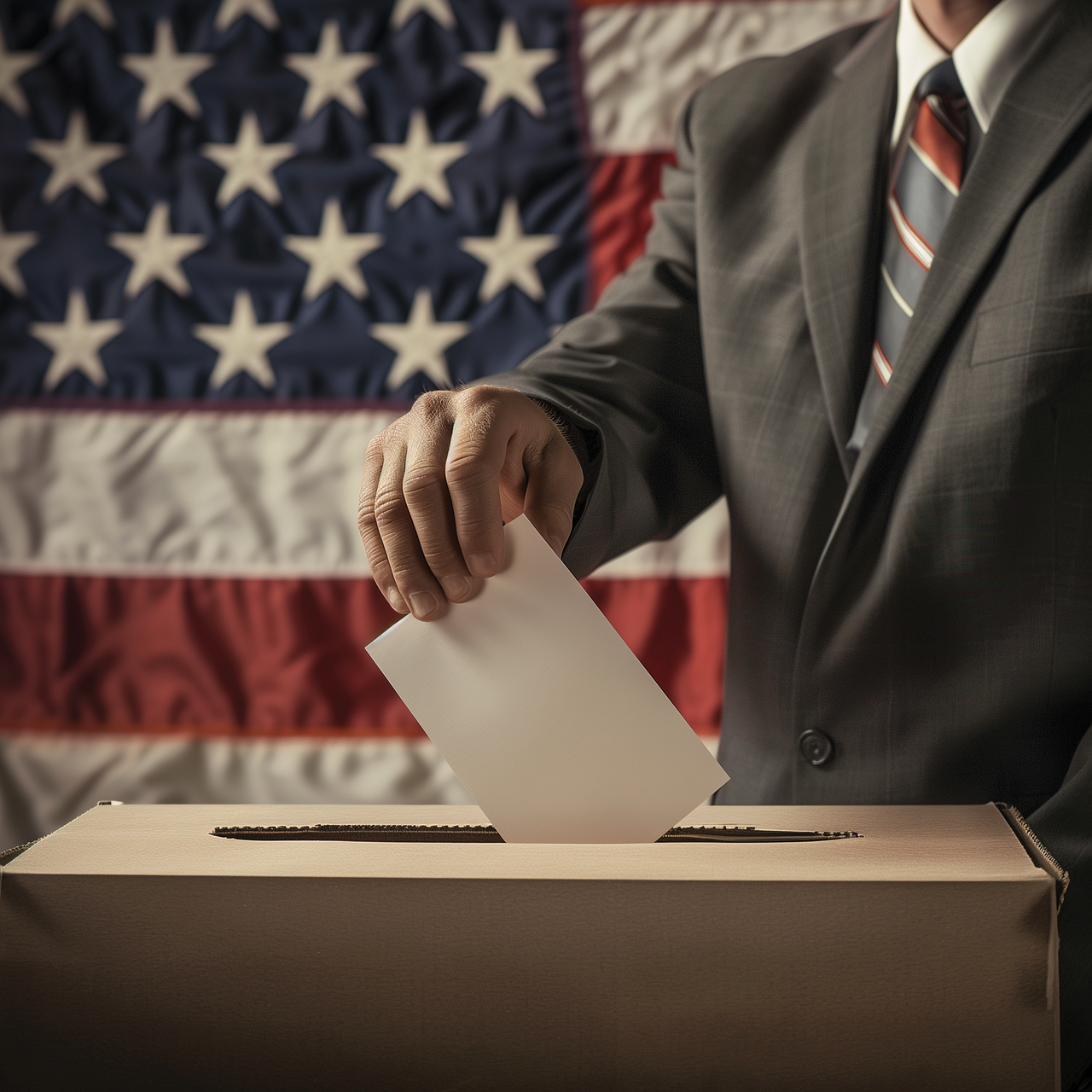In a significant shift in the U.S. election race, recent poll aggregations show a slight lead for Vice President Kamala Harris over her opponent. This narrow advantage, although small, highlights the fluidity of public sentiment in this closely watched election.
Background on Poll Shifts
Poll aggregations combine data from multiple surveys, aiming to balance out discrepancies that might appear in individual polls. In the last week, Harris’s support has seen a small uptick in several swing states. Analysts suggest this could be attributed to a range of factors, including recent campaign efforts, policy messaging, and reactions to recent debates. The aggregated lead, while minimal, could be a decisive edge in a race where every vote counts.
Key Factors Influencing the Polling
- Campaign Strategy Adjustments
Harris’s campaign has recently focused on rallying support in urban centers, targeting key demographics including younger voters and minority groups. This strategic push appears to be paying off in slight polling increases across traditionally contested states. - Economic Messaging
With inflation and the economy central to voter concerns, both candidates have centered their campaigns around economic recovery plans. Harris’s recent proposals on wage growth, student loan relief, and affordable housing seem to resonate with segments of the electorate struggling with financial pressures. - Debate Performance
The vice-presidential debate and recent town halls offered each candidate an opportunity to showcase their policies directly. According to post-debate polls, Harris’s performance in articulating her policy plans gave her a boost, especially among undecided voters who appreciated her stance on social issues and healthcare. - Electoral Challenges and Voter Turnout
An important aspect that may shape the final outcome is voter turnout. Polls indicate higher enthusiasm among younger voters and those in urban areas, which historically leans Democratic. Conversely, rural and conservative regions have shown high turnout commitment as well, emphasizing the importance of mobilization in both camps.
What Does This Mean for the Election?
Though the lead is slim, this polling shift is notable in a tightly contested race. The Harris campaign will likely continue to capitalize on this momentum by emphasizing issues that resonate with their base. Meanwhile, the opposition is expected to intensify outreach efforts to mitigate Harris’s lead and appeal to undecided or swing voters.
The Road Ahead
With Election Day approaching, both campaigns are ramping up their efforts in battleground states. Harris’s marginal lead underscores the importance of each state in the electoral process and the razor-thin margins that could define the election’s outcome. As each camp strives to sway the undecided vote, all eyes remain on the latest poll aggregations for any hint of further shifts in public opinion.
Conclusion
The race remains exceptionally close, and with just days remaining, Harris’s modest lead in aggregated polls could either solidify or dissolve depending on upcoming campaign events and voter engagement. Both campaigns now face the critical task of sustaining their momentum and securing last-minute support in this nail-biting race for the White House.










